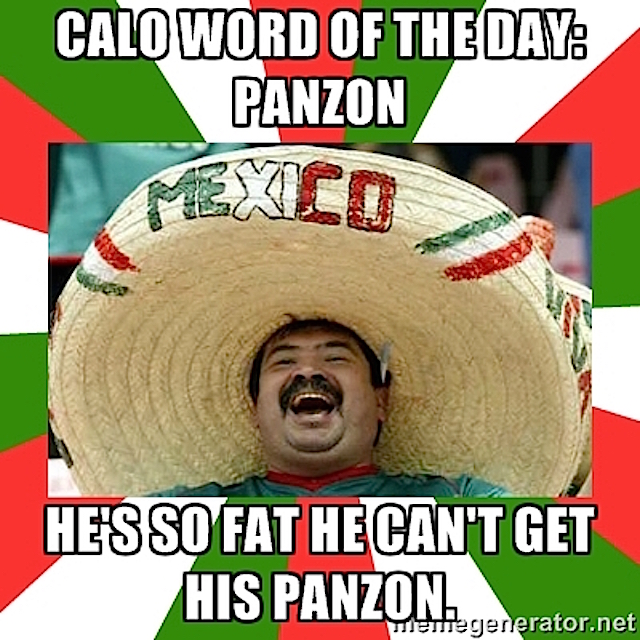 I was born and raised in El Paso in an area known as The Second Ward because of its political designation in city government.
I was born and raised in El Paso in an area known as The Second Ward because of its political designation in city government.
In the greater community, it was most popularly called South El Paso. However, the approximately 25,000 mostly Chicano people who lived there referred to the neighborhood as El Segundo Barrio. It was a barrio that was like an island sandwiched between the Rio Grande Mexican border and downtown El Paso.
In this isolated area, about a third of the families were of second or third generation Mexican descent like ours. Another third was made up of mostly migrant newer arrivals and the rest were in transition. However, it was the Spanish language that served to unite the whole community. Although Spanish was prevalent, lots of exposure to English came through, school, work, movies, radio, music and TV, which was then in its infancy.
Although I love that I am bilingual, I was recently reminded that I am, in fact, trilingual. You see, this third language was unique to our Segundo Barrio culture because it originated there. It started as the jargon for the criminal element in our midst. These outlaws were widely know as “pachucos” because of the Los Angeles bent to their style of clothes. Most of us called them Tirilis and for all intents, they were the precursors of today’s gang members.
Mas…English is my third language; I grew up speaking Spanish and Caló

